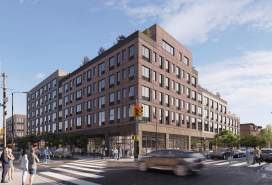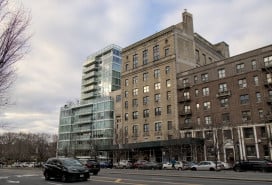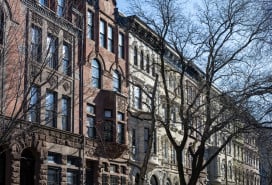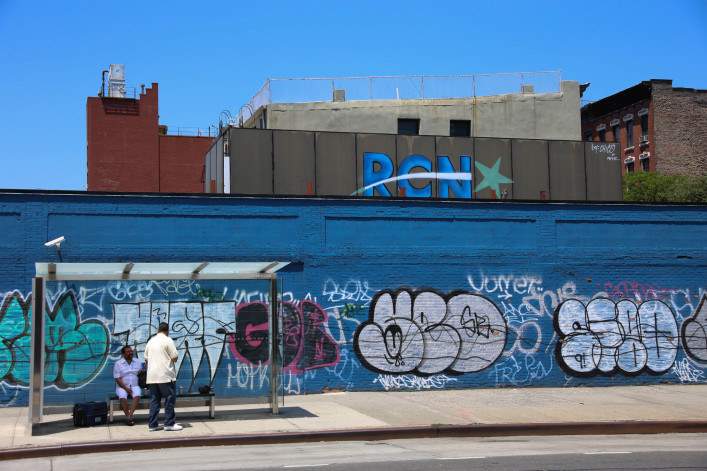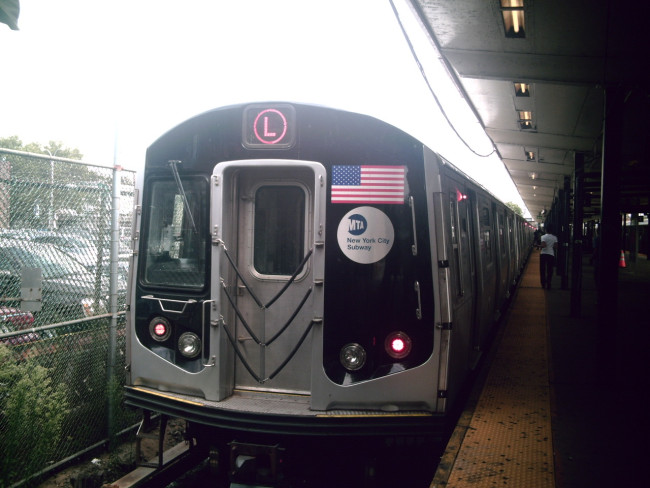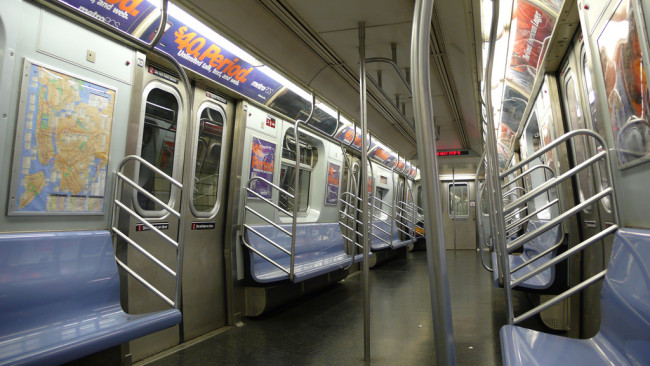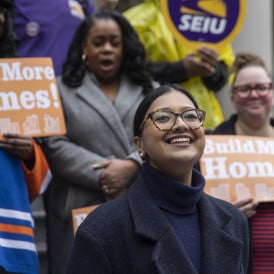How will the L train shutdown affect Manhattan's neighborhoods along 14th Street?
There's been plenty of speculation (and trepidation) about how the pending 2019 L train shutdown will affect north Brooklyn's real estate market, and send ripple effects out into the rest of the borough. But given that the train will also be shut down between 1st Avenue and 8th Avenue in Manhattan, what will happen to all those neighborhoods along 14th Street?
According to several experts we've spoken with, the answer seems to be: not much.
In fact, in some ways, the area might actually see an upside from all the transportation troubles. "I think a lot of markets in Manhattan are going to benefit from an influx of people moving there," says Jeff Schleider, senior vice-president of business development at Citi Habitats. "The obvious winner will initially be the East Village, Alphabet City, and the Lower East Side, which have a lot of cultural overlap with parts of north Brooklyn. So you'll definitely see people coming in from the more expensive areas of Williamsburg and Bushwick, where the price points aren't that different."
RealDirect founder Doug Perlson concurs: "You'll see some renters who would normally be renewing leases in places like Williamsburg and Bushwick considering the Lower East Side and East Village instead." As a result, he says "rents will tighten up in the area—if you're looking to stay in that area of downtown, it will be a good idea to sign a two-year lease in 2018 [to avoid potential price hikes]."
And even if there isn't necessarily an upward push on rents, don't expect a drop. "I don't think you're going to see prices take a hit, because even though rents have gone up over time, these areas are still some of the better values around, so you'll have people who want to stay in Manhattan vying for these apartments," adds Andy Gerringer of the Marketing Directors. In other words, while the East Village and Lower East side are no one's idea of cheap these days, they're still a relative bargain compared to the rest of the borough, and thus will continue to be in brisk demand.
And in the tonier areas on the west side, the effect will be even less. "If you're in the far West Village, there's a premium there that's not associated with subway access," explains Schleider. "That's not a demographic that's as concerned about the train. In Chelsea, you might see a bit of an impact on rentals, since those residents are more transitory, but not so much on sales, except perhaps entry-level apartments—the $450,000 one-bedrooms might take a hit, but the $2 million two-bedrooms won't be as affected." And even if there is a dip, says Schleider, "I don't think the needle will move much."
The reasoning here is pretty straightforward: Living without the L train in Manhattan is a whole lot less of a problem than living without the L in Brooklyn. As Perlson puts it, "The river creates all kinds of logistical issues."
"In Manhattan, there are so many other means of transportation that the loss of the L will have less of an impact," says Douglas Elliman's Sarah Burke. "You have every single other train, you have crosstown buses, you can walk."
And if the city follows through with its plan to shut down 14th Street to car traffic, that'll mean speedier crosstown bus service. "There are a couple of years still to prepare, and one can assume that the city is already working on solution to relieve congestion," adds Gerringer.
Bottom line: Will it be an inconvenience? "Yes," says Schleider. "But I don't think it will have that large of an impact."
You Might Also Like





